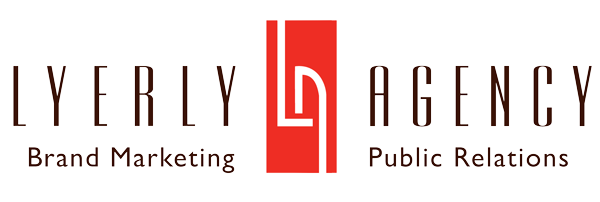As posted in The Gaston Gazette:
(1/22/17) BELMONT, N.C. – All business owners secretly hope that a unicorn – also known as an ideal employee – will fall into our laps: someone loyal, dedicated, hardworking, and especially someone creative. While we all know that unicorns aren’t real, and no one’s perfect, we know that we can cultivate many of these qualities in our employees with good management skills. But creativity is often one of the most elusive of those desirable traits, in part because many believe it can’t be taught. It’s especially important, however, because it can give your business the spark that sets it apart from others. How then do we cultivate creativity both in our employees and in our workplace? Here are five tips that will give you a great start:
- Establish a positive, collaborative environment. If a workplace is too isolating or too focused on punitive measures, it’s unlikely to foster creativity. That’s why a focus on positive reinforcement and collaborative projects is more likely to encourage creativity and success. Once employees have established some trust, you’ll find them more dedicated to their work if you focus on encouraging the development of their talents. Have an employee who has a knack for design? Put them to work on a window display or unique branded items to grow company awareness. You’ll also find that employees are more willing to take productive risk if you assign them roles in collaborative projects that cater to their talents.
- Reward people for creative ideas. Speaking of positive reinforcement, while hearing a kind and encouraging word from their boss can give an employee a boost, what really keeps many employees floating those creative ideas is some kind of incentive. It’s a good idea for employers to offer real and tangible benefits to their employees whose creative output is the most significant – everything from recognition to cash awards. These kinds of programs do a great deal more to encourage employees to bring their new and innovative ideas to upper management than an open door policy ever will. They make the employees feel that their work and contributions are valued in the same way that the company values its other contributions and services: not just with words, but with deliverables and action.
- Seek out diversity. As Michael Poh at Hongkiat notes, it’s difficult to present new and interesting ideas if all of the people in your workforce are alike. Try seeking out hires from as many different groups as you can, but particularly people who have a variety of backgrounds and experiences. The more diverse your employees, the more your workplace environment will be populated with new and different ideas rather than uniform ones. Sometimes a fresh perspective or outlook is all it takes to reinvigorate creativity in the workplace and provide new and innovative approaches to problems and products.
- Welcome the occasional mistake. This may sound counterintuitive, but making mistakes in the workplace – small ones, of course – can actually encourage creativity to flourish. In his book Imagine: How Creativity Works, Jonah Lehrer relates the story of Yo-Yo Ma, who told him he often thinks of Julia Child when he’s getting ready to go on stage. When Lehrer asked “Why Julia Child?”, Yo-Yo Ma told him it’s because he remembered watching Child drop a roasted chicken on live TV. What did she do? She simply picked it up, dusted it off, and moved on. That recovery, said Ma, reminded him of how freeing it can be to make that first mistake; it allows you to realize that making mistakes is a great learning experience, and rarely does it mean the end of the world. Instead, it gives you renewed confidence in your ability to recover and to keep moving ahead. Keep this in mind with your employees – when they make that first mistake, tell them this story and encourage them not to get discouraged.
- Recognize that there are different kinds of creativity. When people talk about creativity, they often do so in a manner that suggests that it is some kind of umbrella term for all types of creative expression and ideas. According to economist David Galenson, there are actually two models of creativity. The first, which is conceptual or theoretical, is the kind of creativity that is the most obvious: someone is struck by a radical new idea and they become inflamed by that idea. The second is far less dramatic: it’s called experimental or empirical creativity, and it develops over time. What businesses must recognize is that a successful business needs both types of creatives in order to encourage its success – the theoretical creatives who can help move them forward in leaps, and the empirical creatives who can move them forward incrementally. Businesses that employ only one or the other advance either erratically or slowly, and that makes it difficult for them to adapt to change effectively.
In the end, it’s clear that employers can do their part to foster creativity, even if it poses a challenge. But in order to stay on top of our businesses – and in order to honor the work of our employees – it’s critical that we, too, find creative approaches to developing a culture where creativity can thrive.
Lyerly Agency’s President and CEO Elaine Lyerly and Executive Vice President and COO Melia Lyerly share their 35+ years of marketing, advertising, public relations and brand strategy experience with readers each month in a column published by The Gaston Gazette. See this month’s edition at http://bit.ly/2jywK25.
